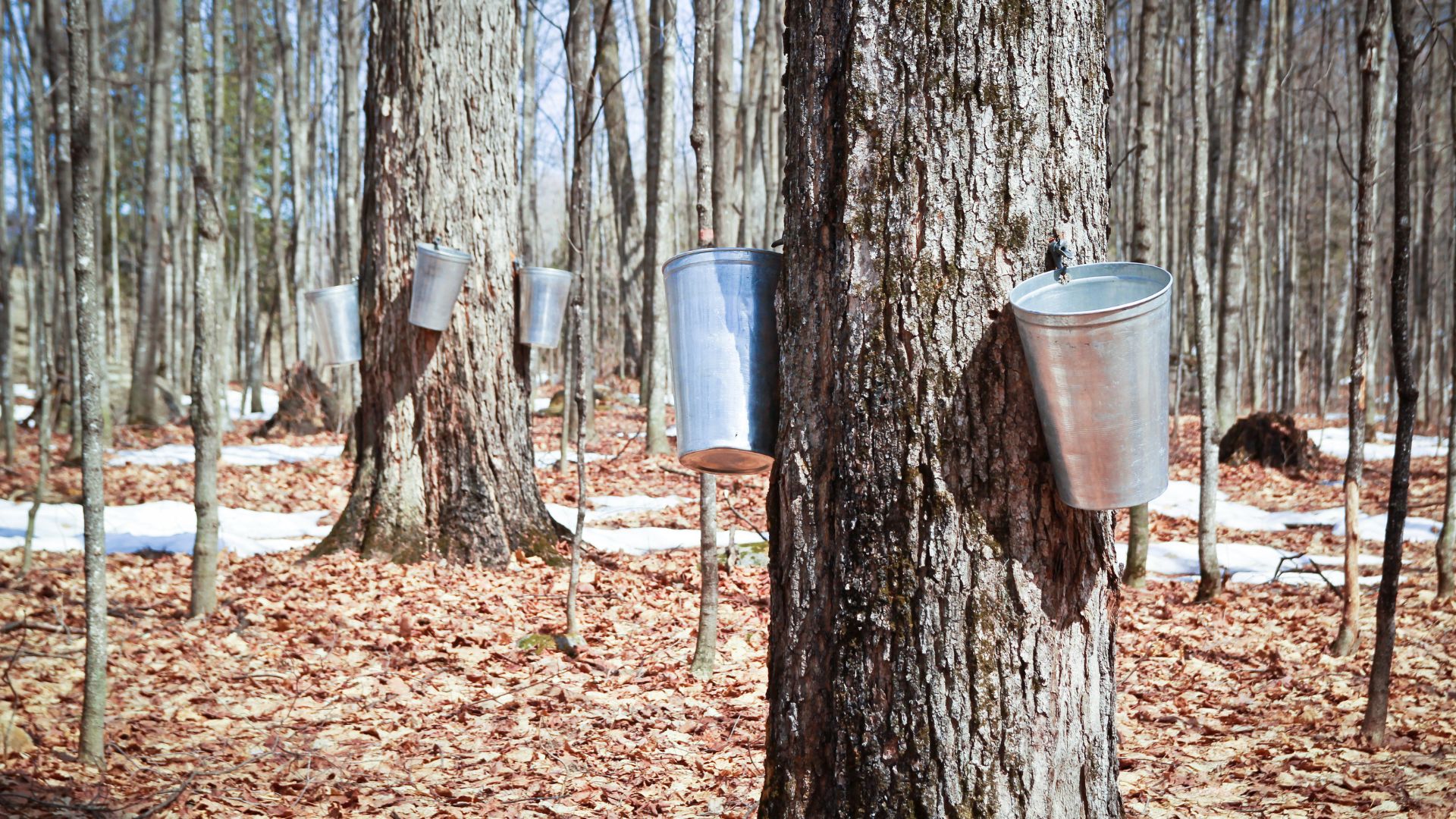As someone who’s spent years researching occupational health in the forestry industry, I want to share some important insights about the health challenges faced by maple industry workers, particularly those involved in bark stripping and syrup production.
The Physical Demands of Maple Work
Working with maple trees is more demanding than many people realize. The process involves various physical tasks, from tapping trees to collecting sap and processing it into syrup. One of the most challenging aspects is bark stripping – a practice sometimes used in specialized wood processing where the outer bark is removed for certain applications.
Common Health Challenges
The most frequent issues workers face include:
- Repetitive strain injuries from the continuous motion of tapping trees
- Back problems from carrying heavy sap buckets
- Exposure to extreme temperatures, especially during the late winter/early spring season
- Respiratory issues from prolonged exposure to steam during syrup production
Prevention and Safety Measures
Modern maple production facilities have implemented various safety protocols to protect workers. These include:
- Mandatory rest periods during intensive work sessions
- Proper lifting techniques training
- Respiratory protection when working around evaporators
- Ergonomic tool design for tree tapping and maintenance
The Role of Modern Technology
Today’s maple industry has evolved significantly. Vacuum tubing systems have replaced many traditional collection methods, reducing physical strain on workers. However, this introduces new challenges, such as maintaining complex piping networks and monitoring electronic equipment in often harsh conditions.
Impact on Worker Health
The modernization of maple syrup production has generally improved worker safety, but vigilance is still necessary. Workers must remain aware of:
- Proper equipment maintenance procedures
- Safe handling of cleaning chemicals used in tubing systems
- Correct operation of evaporator systems
- Weather-related safety precautions
Looking to the Future
The maple industry continues to evolve, with new technologies and practices emerging regularly. Ongoing research into worker safety and ergonomics is helping to make the profession safer and more sustainable for future generations.
Remember, whether you’re a professional maple producer or a hobbyist, understanding and respecting the physical demands of the work is crucial for long-term health and safety in this rewarding industry.



